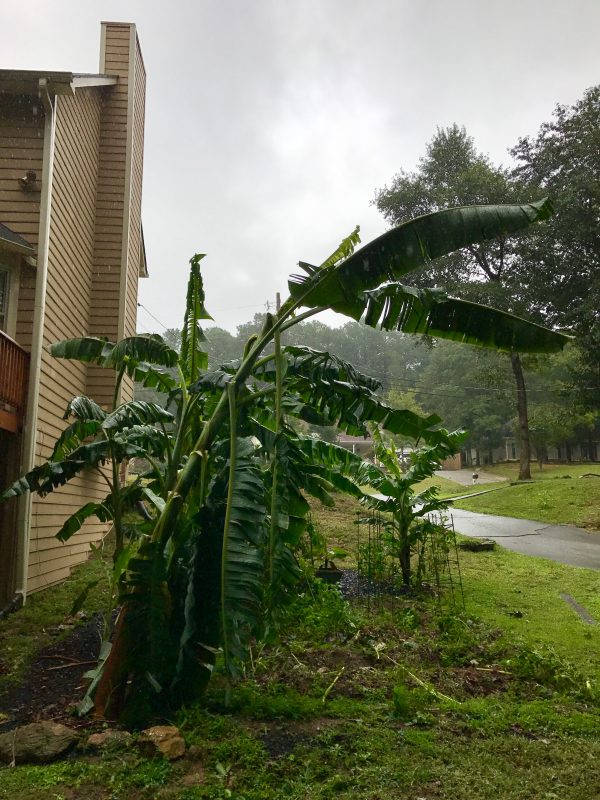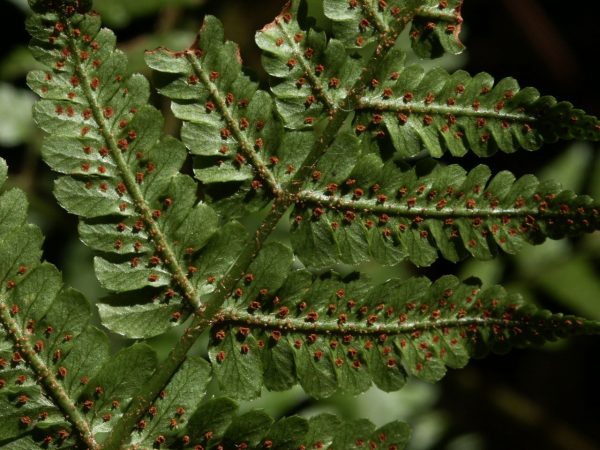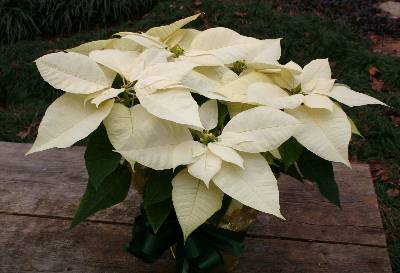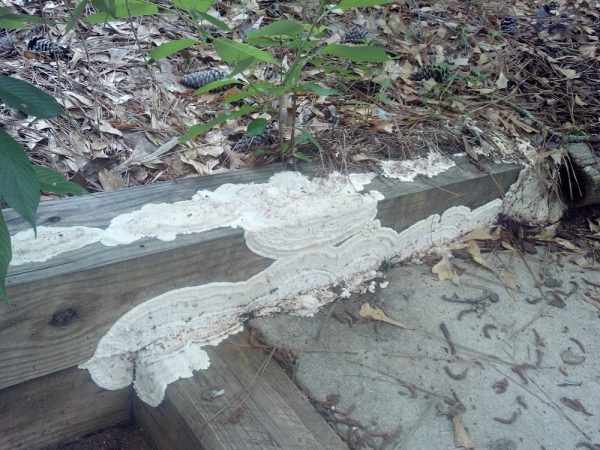Crapemyrtle, Crape Myrtle, Crepe Myrtle – Which is Correct?
When I exhorted my radio listeners to check out my web pages on how to prune crapemyrtles, several sent plaintive notes that they simply could not find the correct pages on my website.
The reason is that I spell the name of this plant “crapemyrtle” whenever I use it.
I do so because I’m often presented with two or three different spellings of a plant’s name. I need to be consistent… so several years ago, I decided that I would use the spelling that Dr. Mike Dirr uses in his Manual of Woody Plants. He spells it “crapemyrtle”.
I decided additionally to use the common names that Dr. Allan Armitage uses in his manuals of perennials and annuals.
I know that many people spell it “crape myrtle,” but I have to be consistent somehow.
However, I am always reminded of the quote from Ralph Waldo Emerson:
“A foolish consistency is the hobgoblin of little minds.”
To add confirmation to my decision, Ron H. brings this from the website of Dr. Carl Whitcomb, who developed several new crapemyrtle cultivars:
“The common name is crapemyrtle, not crape myrtle. Why? Because it is in the genus Lagerstroemia and in the Lythraceae plant family, and not in the genus Myrtus which is in the Myrtaceae family. It is simply a plant that LOOKS somewhat remotely like a myrtle. On the other hand, the Greek myrtle, Myrtus communis is a true myrtle and appropriately, the common name is two words. Standardized Plant Names, in the preface on page VII, provides further insights on this topic. “In the case of compound names in which a name properly belonging to one genus is applied in compound to a different genus, like horsechestnut or mayapple, failure to write or print them as compound words, either with a hyphen or solid is in many cases likely to cause serious confusion and should be consistently avoided. The committee prefers and prints mayapple. It makes no serious objection to may-apple. It objects very positively to may apple, which is apt to mean, for anyone not familiar with the plant, that it is a species or variety of the genus Malus”. Clearly horsechestnut, Aesculus hippocastanum, is not a chestnut, Castanea but simply bears some resemblance and mayapple, Podophyllum, is not an apple and is not in the genus Malus, but does produce a fruit that somewhat resembles an apple. And, there are loads of other examples where the appropriate common name is a compound word: horseapple / Maclura pomifera, buttonwood / Cephalanthus occidentalis, barberry / Berberis thunburgi, hackberry / Celtis occidentalis, walnut / Juglans nigra, dogwood / Cornus florida, firethorn / Pyracantha species, soapberry / Sapindus drummondi, and on and on. I suspect that computers and their very limited spell check capabilities are responsible for some of the current ‘rash’ of taking legitimate compound common names, such as crapemyrtle and incorrectly breaking them into two words. It is up to you to break your computer of such nasty habits.”

















